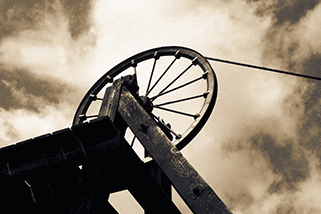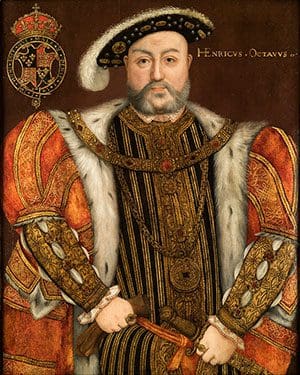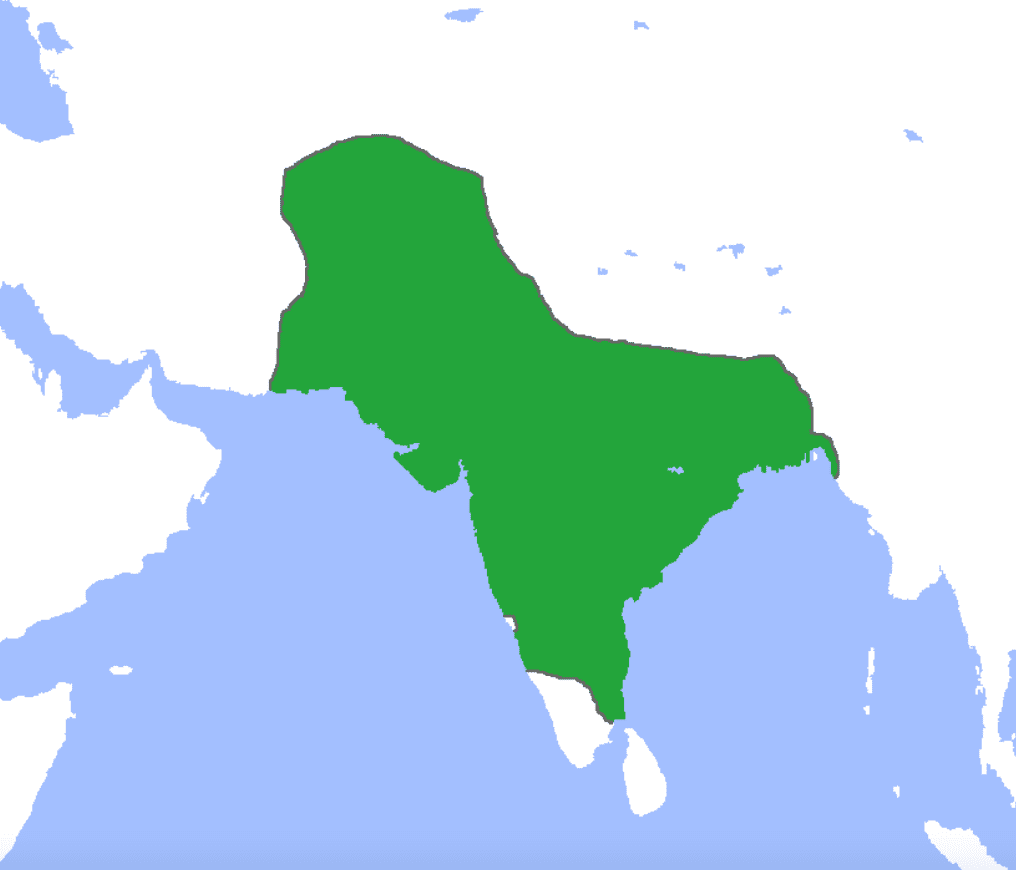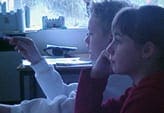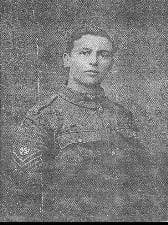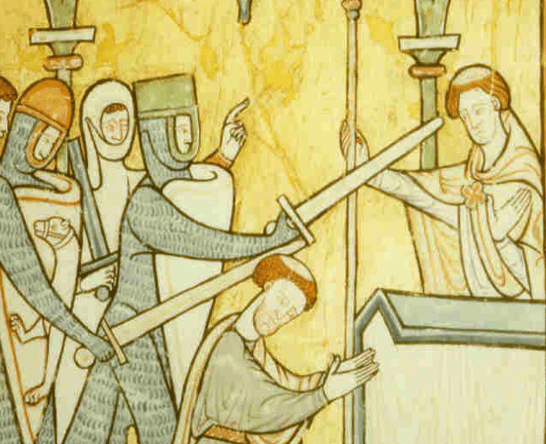
Working as historical advisers to a movie director, pupils attempt to reconstruct the scene of Becket’s death by cross-referencing and then evaluating a range of principally visual sources from the British Museum’s recent exhibition so that they can produce an historically accurate image to use as the film’s advertising poster.
To do this well, they have to compare the sources with most scholarly descriptions. Why are some images privileged over others?
Learning objectives
- Pupils grasp that historians construct narratives based on a range of sources
- Pupils learn the importance of cross-referencing to show that not all versions agree
- They grasp the importance of looking for corroborative evidence before making statements
- They learn to asking probing questions about provenance of sources to ascertain which sources are the most trustworthy.
Introduction
Set the scene. An upcoming movie director is making a new film about Henry and Becket. He is shortly going

